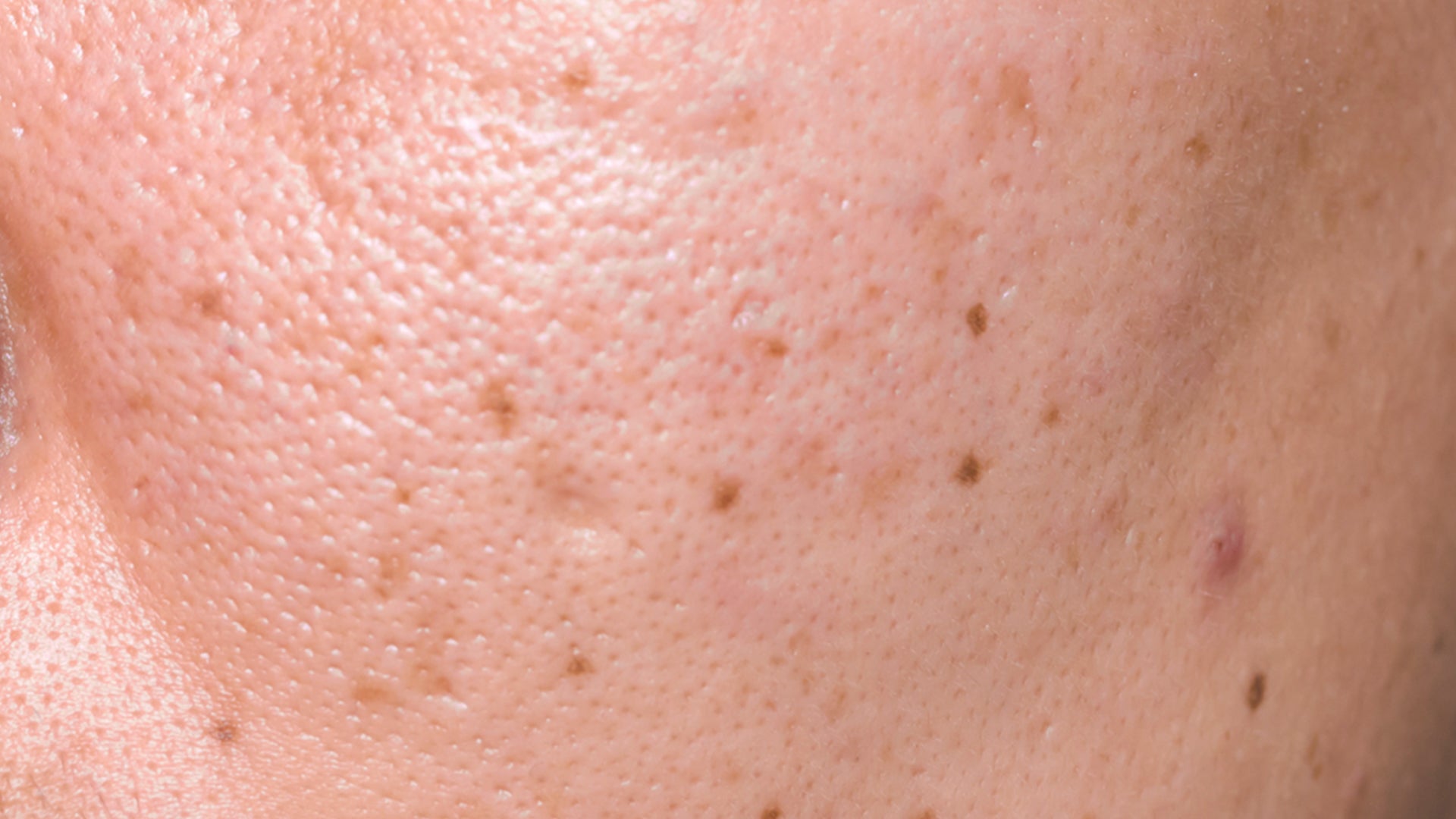Wriitten by- Ujjvala
Breaking out all through the year is something familiar to all oily skin owners, but what is more frustrating are the dark spots that are left behind.
We know that acne is caused due to inflammation in the clogged pores. Pores are clogged due to external environmental pollution, hair follicles, or even bacteria. The rise in inflammation leads to breakouts or pimples. Once the acne heals, new skin cells, sent to replenish, contain excess melanin due to previous inflammation processes.
Melanin is the pigment that gives your skin its colour, and when some cells produce more melanin than others, the result is a darker patch of skin. These dark spots are also referred to as post-inflammatory hyperpigmentation.
Picking or pressing a blemish, for example, can prolong skin inflammation and boost your likelihood of post-inflammatory hyperpigmentation(PIH).
Usually, it takes about 3-6 months for dark spots to fade on their own, but with consistent effort and great patience, one could achieve the desired results much earlier.
Are acne scars and dark spots the same?
Some people have misconceptions about dark spots (PIH) and acne scars. Acne scarring is not technically a type of PIH. True acne scars are either hypertrophic or atrophic, which means they are higher or lower than the skin's surface. The colour of acne scars is in the shades of red, pink, and purple, whereas dark spots are brownish. Whereas PIH fades after a few months, acne scars typically last a lifetime if not treated. A person may have both PIH and acne scars on the same skin area.
Why is cell turnover important?
So, to fade away the dark spots, cell turnover rate plays a vital role. Cell turnover is essential for maintaining nourished, soft, and youthful skin. Cell turnover, also known as skin turnover, is the constant renewal of your skin's outer layer. As the new layer of cells comes upwards, the old cells on the skin's surface are shed. This procedure typically takes three to four weeks.
The cell turnover rate refers to the entire cycle, including new cell production, ascending journey, and death. And this rate is primarily determined by your age. Cell turnover is an automatic process, but if you don't use sunscreen and spend too much time in the sun, you will negatively affect healthy collagen much faster than your skin can produce new ones. This is why enhancing the cell turnover rate is critical.
Most acne scar treatments that exfoliate the skin or promote cell regeneration work equally well on PIH.
So here is a simple skincare regimen to follow to fade away the dark spots.  1)Exfoliating Face Wash:
1)Exfoliating Face Wash:
Exfoliating your skin is by far the most significant way to boost your cell turnover rate. Look for skincare products that contain chemical exfoliants. Consider alpha-hydroxy acids such as glycolic acid, beta-hydroxy acids such as salicylic acid, or poly-hydroxy acids like lactobionic acid.
Exfoliation removes dead skin cells from the skin's surface. By stimulating cell turnover, it results in smoother, healthier skin. As the outer layer of the skin becomes more exposed, the skin forms new skin to protect itself from external damage.
Physical exfoliation is also effective, such as using face scrubs with tiny particles. However, it will not be as impactful as chemical exfoliation. Remember to use a mild exfoliating face wash because it might adversely affect and peel the skin. Hydrating oat PHA cleanser is one of the best exfoliating cleansers as it contains concentrations of PHA (a mild exfoliant) that help reduce inflammation and hydrate the skin.
2) Serums:
Look for serums with the following chemical exfoliants: Do not get frightened by the term "chemical". These are good chemicals that are essential for the skin.
- Salicylic Acid:
Salicylic acid is a type of medication known as a keratolytic(compounds that break the thick, piled up flakes on the outer skin and help soften the surface). A keratolytic medication softens the skin and helps remove dead skin cells. The outer skin layer is detached and released during this exfoliation procedure, resulting in unclogged pores and bright, glowing, radiant skin.
- Vitamin-c:
Vitamin C has been shown to significantly lower skin discolouration. As a naturally occurring antioxidant, Vitamin C hinders specific actions of melanin formation, preventing hyperpigmentation at the cellular level.
- Retinol:
Unlike most other acne treatments, it appears to work by penetrating the skin. Tiny molecules permeate the intermediate layer of your skin (dermis) and help in the synthesis of collagen. These properties of retinol indirectly fight acne by reducing the appearance of pores and acne spot tissue over time.
- Azelaic Acid:
Azelaic acid works by reducing bacteria that can cause acne and inflammatory processes and by constraining the release of cytokines on the top layers of the skin, which contribute to issues such as bumps, redness, and uneven skin tone. It can also reduce keratin production, which can help control breakouts.
As always, use a moisturiser to moisturise your skin. Most importantly, use a paraben and fragrance-free moisturiser to be free of irritating skin.
References:
https://www.ncbi.nlm.nih.gov/pmc/articles/PMC4142815/
https://www.ncbi.nlm.nih.gov/pmc/articles/PMC8776661/
https://www.ncbi.nlm.nih.gov/pmc/articles/PMC5029232/






 +91 9347578980
+91 9347578980